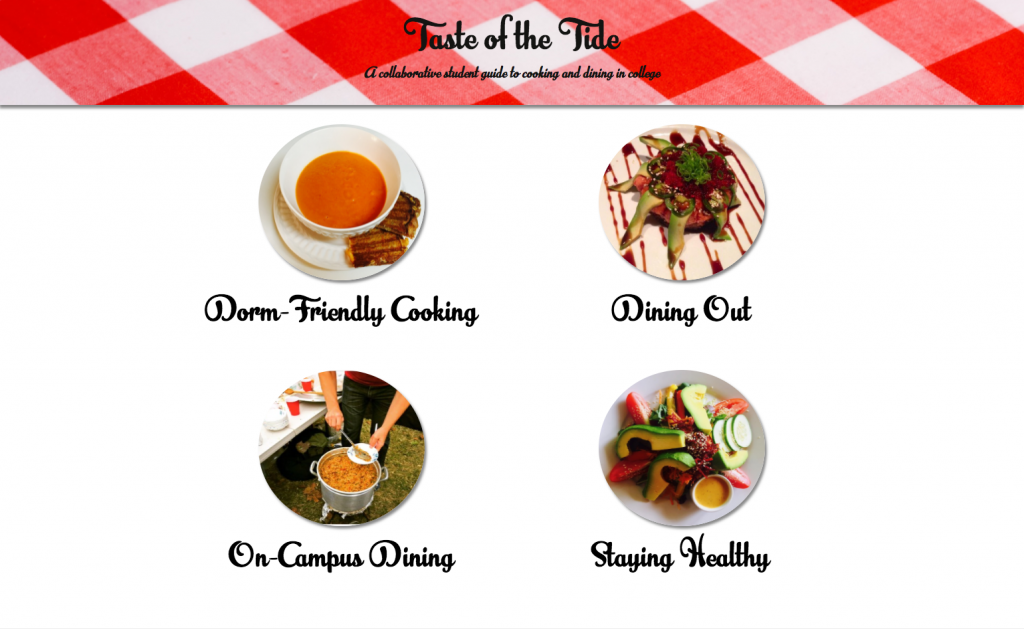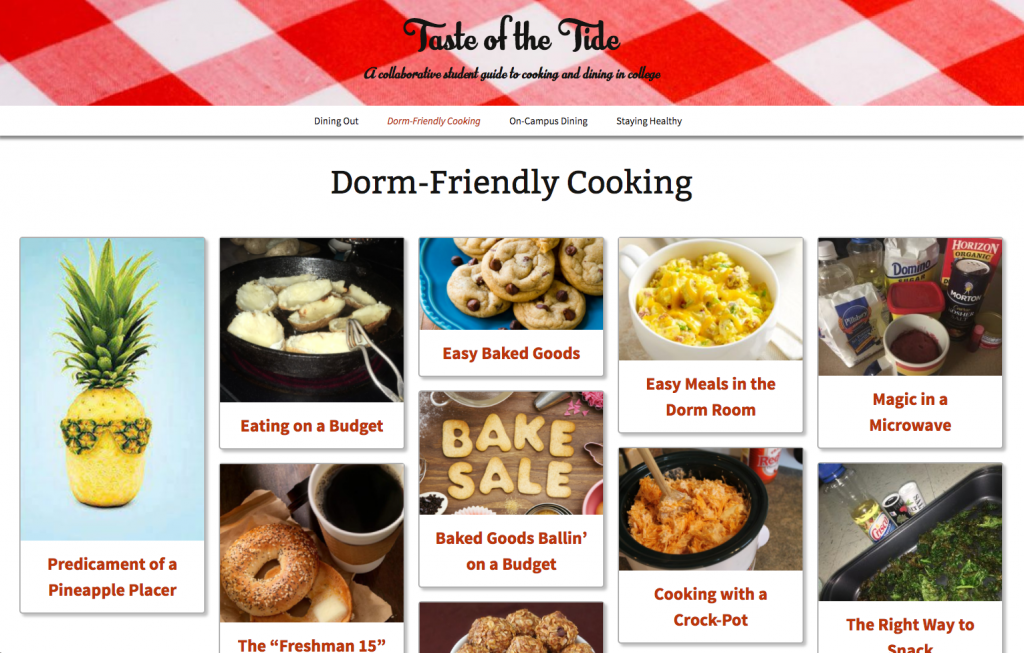by Lauren Cardon, Department of English
Incorporating a digital humanities (DH) assignment and emphasizing experiential learning are two of the best ways to implement active learning techniques in the classroom. Fortunately, UA provides an excellent range of pedagogical resources on campus like the Alabama Digital Humanities Center (ADHC), Learning in Action (LIA), and the Active Learning Initiative (ALI). Faculty and staff within these programs offer workshops to promote their initiatives among different departments; however, several of them (Emma Wilson, Tyler Grace, Heather Pleasants, and Patrick Frantom) have even met with me one-on-one to assist me with visualizing how I might use these resources in the classroom.
Since I first began teaching at UA in 2013, I’ve used both DH and experiential learning components in a range of different classes. This past semester, thanks to the assistance of an LIA grant, I implemented both techniques in a first-year writing course (EN 103).
I find these techniques important for first-year writing in particular, for the students are non-majors and therefore tend to enter the class with a bias: they aren’t choosing to take it… they have to take it. When students have to write the required four major papers plus additional low-stakes papers, therefore, they confront an issue of motivation and investment. If I’m the only one reading their work, why should they really care about it — aside from wanting to earn a good grade?
The DH project became a way to change that dynamic and that bias. I chose a theme for the class called Discourses of Food: Growing, Cooking, Consuming, and students read and responded to a series of readings related to food… something with which everyone in the class had a personal (and sometimes complicated) relationship. During the first week of class, I introduced our DH project: an online guide to eating and dining on campus or around town for college students.
Students determined the name, design, and content of the website, with assistance from Emma Wilson and Tyler Grace from the ADHC. They brainstormed in groups for the kinds of content they would find useful as college students: for example, how to cook decent meals using only a microwave; which dining halls had the healthiest food options; what to eat before and after a workout; where to buy fresh, seasonal produce near campus; what restaurants offered the best food for the lowest prices. After we compiled a long list of topics, I asked students to sign up for specific posts, and we divided them into categories:


Students also developed a keen sense of tailoring for an audience: during class workshops, they would note how their peers adapted elements like tone, organization, and certainly content to address a student audience. The website had the added benefit of building a sense of community. Students not only bonded more with their classmates, but they also explored more of campus and Tuscaloosa in general. Several students mentioned they decided to try shopping at the local farmers’ markets, for example, and others noted that the class encouraged them to take advantage of campus resources they learned about over the course of the project. In the future, I would like to try a similar project again; however, I hope to emphasize promoting the project more, making this aspect of the experience an integrated part of the DH project.